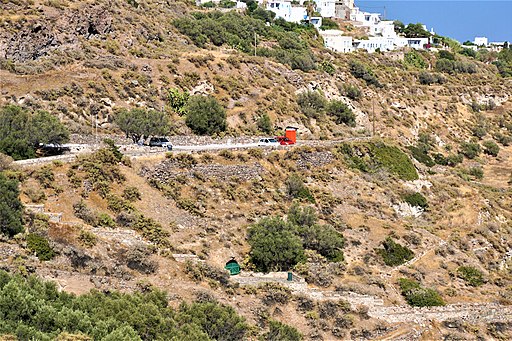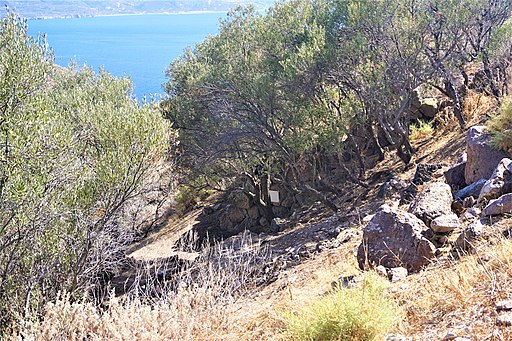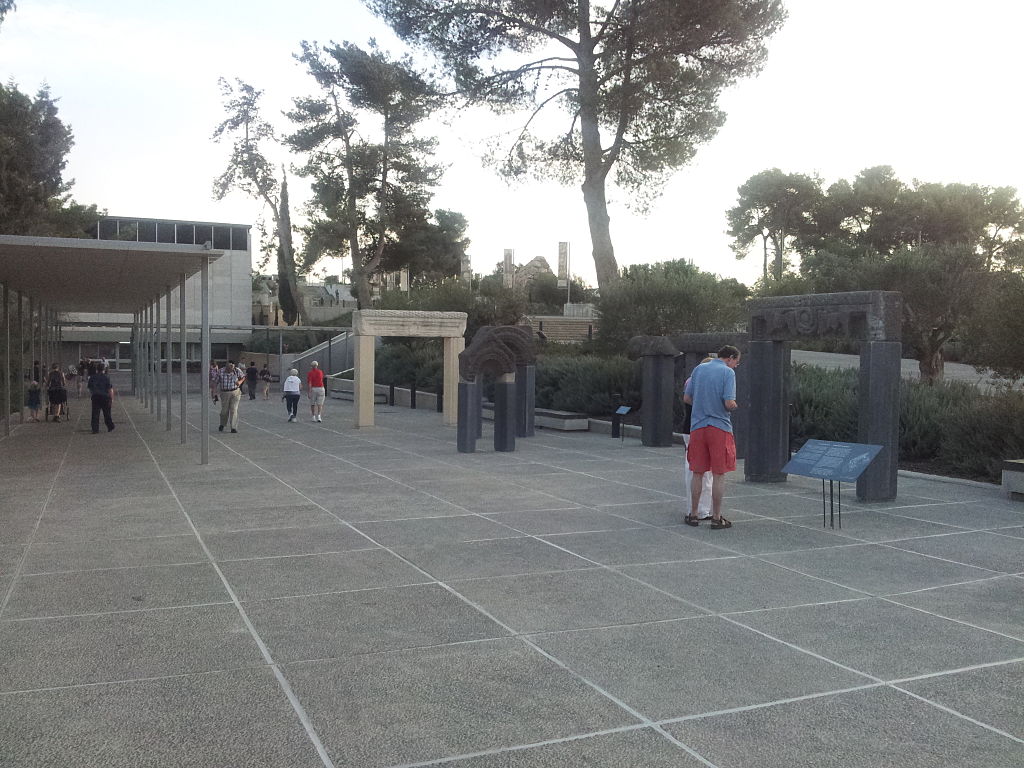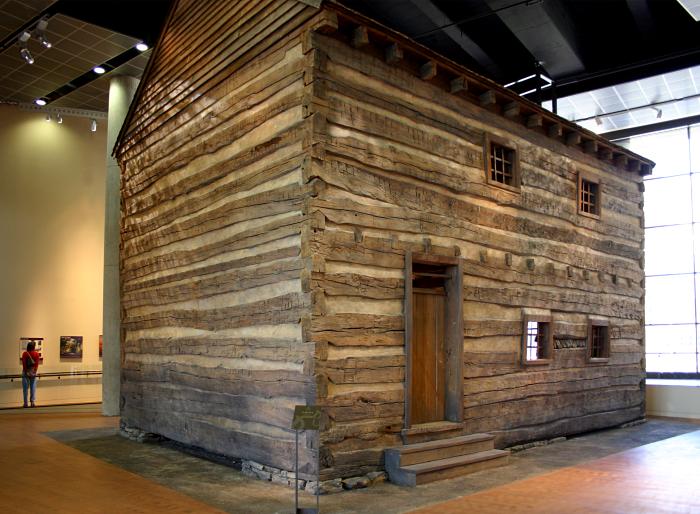
Milos Historical Sites
Milos, like many of the Aegean Islands, was influenced and invaded by the successive wave of civilizations. The dominant powers that swept the Cycladic Islands included Minoan, Mycenaean, Dorian, Athenian, Spartan, Macedonian, Roman, Byzantium, Crusader, Venetian, Ottoman, Russian and then eventually part of the modern Greek state. Some of Milos Historic sites include:
Catacombs of Milos
The Catacombs of the ancient city of Milos were next to the ancient Agora and 200 m to the east of the ancient theater. They are near the modern town of Trypiti. A name derived from a word which means “made with holes,” which highlights that the surrounding area is full of caves cut into the porous volcanic rock. In ancient times, these human-made caves were used as family burial chambers. The underground galleries are ranging from 1 to 5 meters in width and from 1.6 to 2.5 meters in height. The tombs were cut into the chamber walls and into the ground, which were covered with stones.

The pathways leading to the green door of one of the catacombs
These catacombs were built towards the end of the 1st century and were re-discovered in 1844. They were used as Christian cemeteries during Roman times. Three vast catacombs are interconnected, and Archaeologists estimate that thousands of early Christians were buried here. The catacombs were used for Christian worship and as an early church at the time when Romans were persecuting Christians.
Ancient Christian Catacombs have been discovered in Rome, Naples, and the Holy Land. However, the Catacombs of Milos may be older than Rome’s. Milos may have had a very early Christian movement that predating today’s church traditions.
Venus de Milo Discovery Site
The Aphrodite of Milos was discovered in 1820 by a Greek peasant workman, inside a buried niche within the center of the ancient Greek city ruins of Milos. The marble fragments were found on terraced land that had once formed part of the gymnasium inside a cavity in the volcanic tuff. The statue was found in two large pieces, the upper torso, and the lower draped legs, together with several herms, fragments of the arm and hand holding an apple, along with an inscribed plinth.

At the time, Milos was under Ottoman rule, a visiting French naval officer who was exploring the island and learned about the statue fragments. As the French officers from the ship recognized its significance, they arranged for it to be sent to France. Today the statue is one of the treasures of the Louvre where it was called the “Venus de Milo” after the island where it was discovered. Unfortunately, under mysterious circumstances, the inscribed plinth and other fragments were misplaced and lost, so we can only speculate on who the identity of the sculpture and its date.
Milos Museums and Historical Sites
- Neolithic Village
- Roman Amphitheater
- Serakinko
Reflections
- How did Christianity reach Milos so early, and why did it take root when the Romans were persecuting Christians?
- What did the inscribed plinth say about the “Venus de Milo” statue that it had to disappear?
Milos Museums and Historical Sites
- Island: Milos or Melos
- Greek: Μήλος
- Population: 5,000
- Country: Greece
Explore Greek Museums and Historic Sites
- Athens Museums
- Ancient Corinth Museums
- Delos Museums
- Delphi Museums
- Ancient Mycenae Museums
- Epidaurus Museums
- Heraklion, Crete Museums
- Meteora Museums
- Milos Museums
- Mykonos Museums
- Mystras Museums
- Nafplion Museums
- Olympia Museums
- Pella Museums
- Samos Museums
- Santorini Museums
- Thessaloniki Museums
- Vergina Museums
Museums in Athens
- Acropolis Museum
- National Archaeological Museum
- Benaki Museum
- Goulandris Museum of Cycladic Art
- Byzantine and Christian Museum
- Hellenic Motor Museum
- National Historical Museum, Athens
- Museum of the Ancient Agora
- Syntagma Metro Station Archaeological Collection
- Numismatic Museum of Athens
- Athens War Museum
- Jewish Museum of Greece
- Athens University Museum
Athens Historical Sites
- Acropolis of Athens
- Ancient Agora of Athens
- Temple of Olympian Zeus, Athens
- Tomb of the Unknown Soldier, Athens
- Roman Agora
- Temple of Poseidon at Sounion
- Temple of Hephaestus
- Roman Baths, Athens
- Aristotle’s Lyceum
Thessaloniki Museums
- Archaeological Museum of Thessaloniki
- Museum for the Macedonian Struggle (Thessaloniki)
- Atatürk Museum
- War Museum of Thessaloniki
Thessaloniki Historical Sites
- Roman
- Triumphal Arch of Galerius
- Early Christian and Byzantine Monuments
- Catacombs of St. John the Baptist
- Church of Metamorphosis tou Sotiros
- Church of the Acheiropoietos
- Ottoman
- Bey Hamam
- Bezesteni Market
- White Tower of Thessaloniki
- Post-Byzantine
- Trigonion Tower
Delphi Museums and Historical Sites
- Delphi Archaeological Museum
Delphi Historical Sites
- Athena Pronaia Sanctuary
- Archaeological Site of Delphi
- Temple of Apollo (Delphi)
- Athenian Treasury
- Stoa of the Athenians
- Theater at Delphi
- Tholos of Delphi
- Manumission Inscriptions at Delphi
- Delphic Maxims
Delos Museums and Historical Sites
- Archaeological Museum of Delos
- Temple of the Delians
- House of the Lake
- Delos – Photo Gallery
Santorini Museums
- Museum of Prehistoric Thera
- Archaeological Museum of Thera
- Maritime Museum, Santorini
Thera Historical Site
- Akrotiri Archaeological Site
Olympia Museums and Historical Sites
- Archaeological Museum of Olympia
- Museum of the History of the Olympic Games of Antiquity
- Olympia Archaeological Site
- Temple of Hera, Olympia
- Temple of Zeus, Olympia
- Philippeion, Olympia
- Stadium at Olympia
Corinth Museums and Historical Site
- Archaeological Museum of Ancient Corinth
- Archaeological Site of Ancient Corinth and the Temple of Apollo
Mycenae Museum and Historical Site
- Archaeological Museum of Mycenae
- Lion Gate
- Ancient Mycenae – Photo Gallery
Epidaurus Museum & Historic Site
- Archaeological Museum of Epidaurus
- Ancient Theater of Epidaurus
Heraklion, Crete Museum & Historic Site
- Knossos Archaeological Site
- Archaeological Musem of Heraklion
Meteora Historic Site
- Meteora Monasteries
Milos Museum & Historic Site
- Milos Historical Sites
- Milos Museum
Mystras Historic Site
- Fortified Medieval Mystras
Pella Museum & Historic Site
- Archaeological Museum of Pella
- Archaeological Site of Pella
~~~
“I felt once more how simple and frugal a thing is happiness:
a glass of wine, a roast chestnut, a wretched little breeze, the sound of the sea.
Nothing else.”
– Nikos Kazantzakis
~~~
Photo Credit: JOM
Popular this Week








 Sponsor your Favorite Page
Sponsor your Favorite Page SEARCH Search for: Search Follow UsJoin – The JOM Membership Program
Sponsor a Masterpiece with YOUR NAME CHOICE for $5
Share this:
- Tweet
